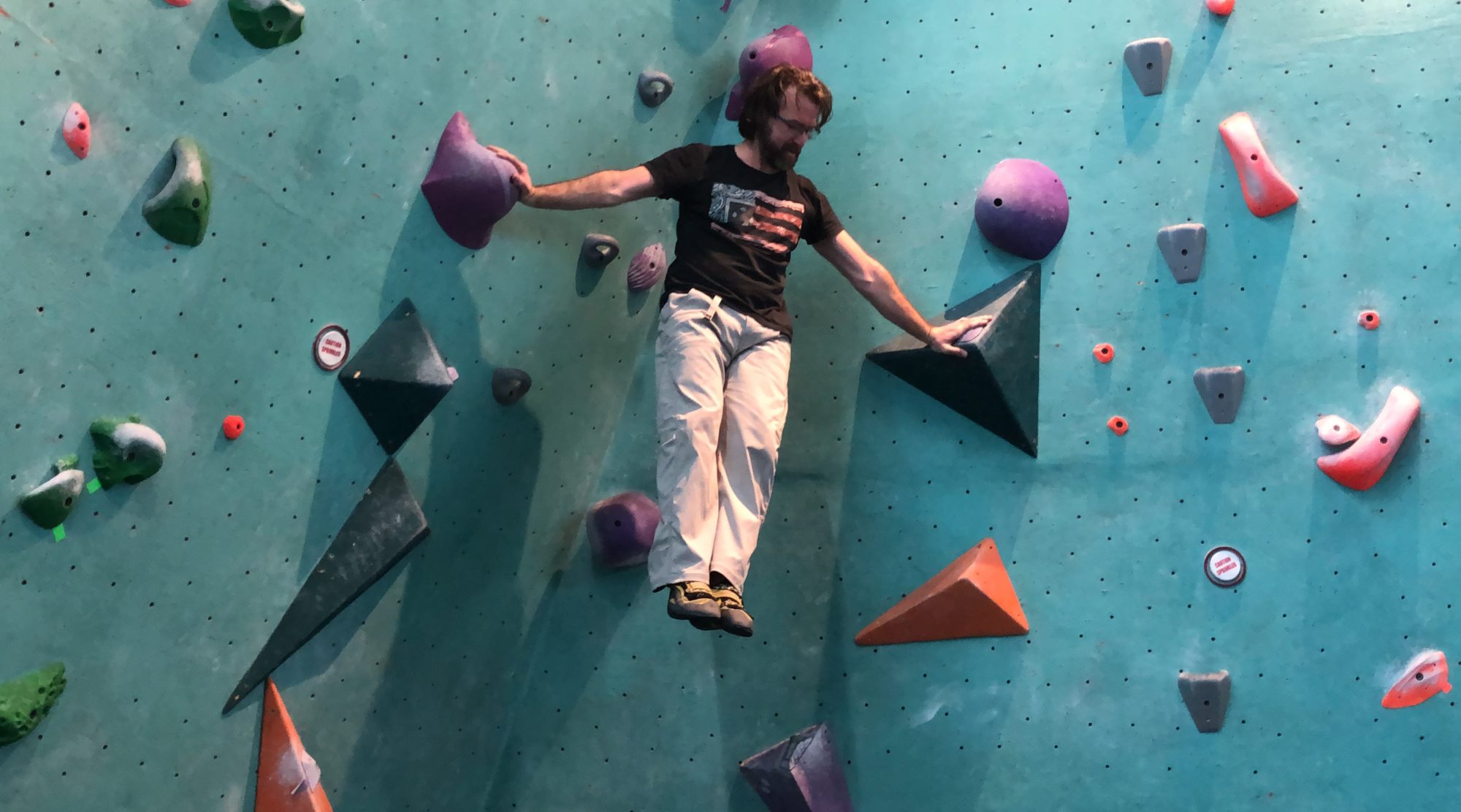As a Movement Therapist specializing in hands on massage therapy, I help clients improve movement quality to aid in the healing, recovery, and prevention of chronic pain and injury. In many clients, I see a connection between their persistent pain and the health of their feet. Painful conditions of the knees, hips, low back, shoulders, and neck can often be traced through the fascial lines down to the feet. Foot health is one of, if not the biggest determining factors of pain and injury, as well as overall health, wellness, and vitality. To improve foot health, one of the best self care options available is foam roller self massage.
 There are 26 bones in the human foot, 33 joints, more than 100 muscles, and roughly the same number of sensory nerves that you have on the palms of your hands. The foot is designed to be incredibly dynamic, sensitive, and responsive. Most importantly, it offers the promise of stability in almost any context.
There are 26 bones in the human foot, 33 joints, more than 100 muscles, and roughly the same number of sensory nerves that you have on the palms of your hands. The foot is designed to be incredibly dynamic, sensitive, and responsive. Most importantly, it offers the promise of stability in almost any context.
How to Treat Your Feet
1. Take off your shoes! Even if only for a few of hours per day. (Should you wonder why I am an advocate of making the transition to barefoot or minimalist footwear, take a look at Free Your Feet.)
2. Throw out the flip-flops. It is not the job of your little piggies to curl unnaturally (involuntarily & imperceptibly!) in order to keep your shoes from flying off your feet! Consider finding a similar style with an ankle or behind-the-heel strap instead.
3. Utilize a golf ball and The Grid foam roller self massage the arches of your feet and lower leg.
Foam Roller Self Massage
Foam roller self massage techniques are very simple to learn. It may be painful in spots. The goal is not to force through the pain, but to be very gentle with your body. There should be some discomfort without being unbearable.
Set up on the foam roller under the desired muscle area to be worked on. Relax your body and breathe. Ease into it and allow yourself to relax.
You are seeking out the most tender spot. Once you find it, stop, relax your body as much as you can; and visualize the tissue as melting butter and the foam roller as a hot knife. Allow the butter to melt over the knife. Hold position for at least 30-60 seconds or until you notice a significant reduction in pain, about 30-40%. Then move on to the next painful spot. Do this in 2-3 different spots for each muscle shown below.
This list is by no means exhaustive, and these suggestions are not meant to take the place of a regular training program with a professional. That being said, it’s a good place to start the recovery process. And if you’re feeling acute pain, foam roller self massage will help bridge the gap until you are able to get advice and treatment from a qualified movement therapist.
This is the foam roller I recommend: The Grid by Trigger Point Therapy
The Grid foam roller self massage by Trigger Point Therapy is my go to foam roller. I’ve used it for years and recommend it to clients. In the interest of full disclosure, I am an affiliate for Trigger Point Therapy. This means that if you purchase one of their products after clicking one of these links, I will get a small commission. That said, the only reason I am an affiliate for their products, primarily The Grid, is because I believe in it 100%.
Was this post helpful? Click one of those social buttons up above and share this with your friends and family.









